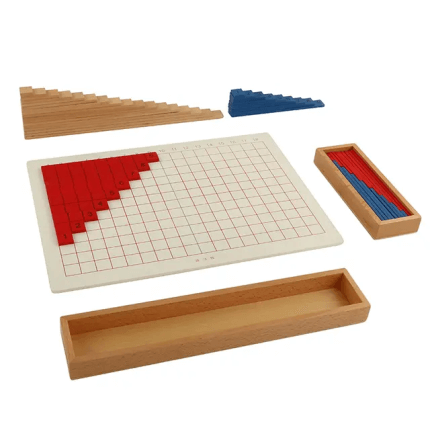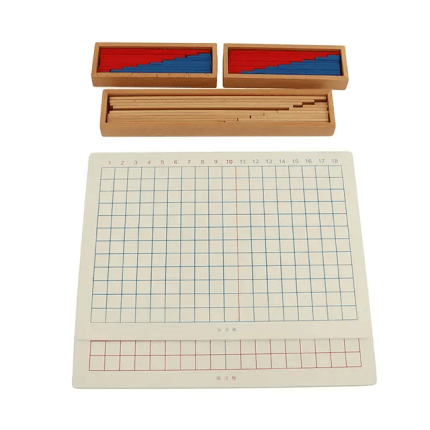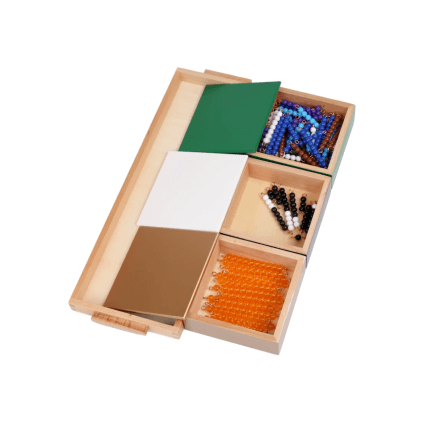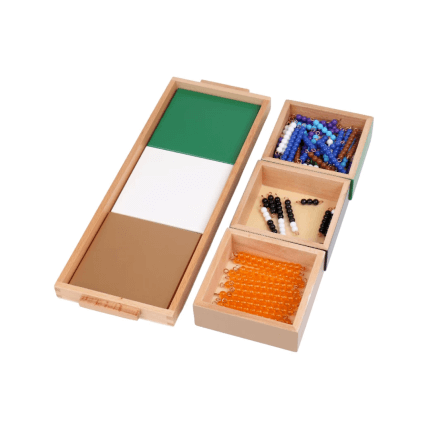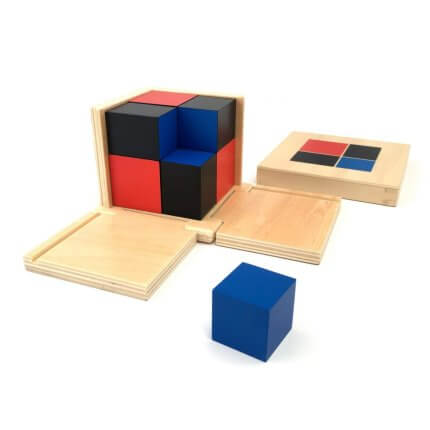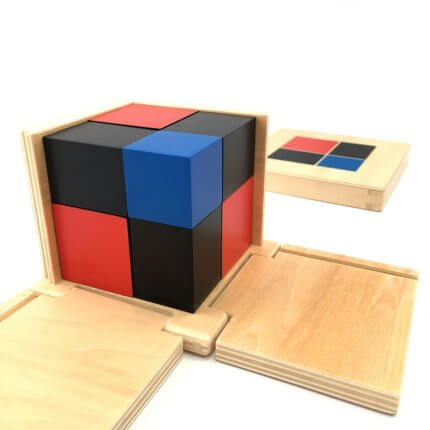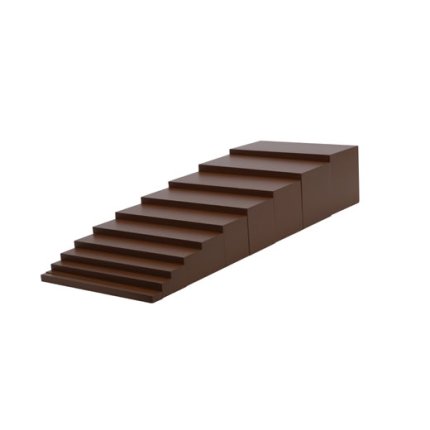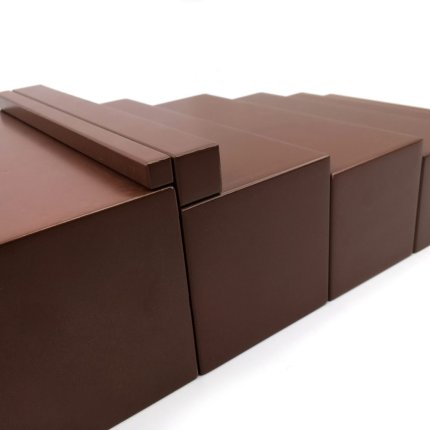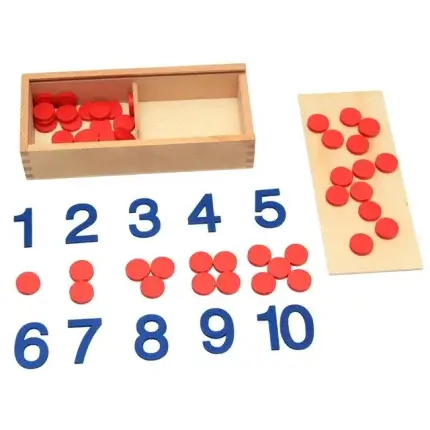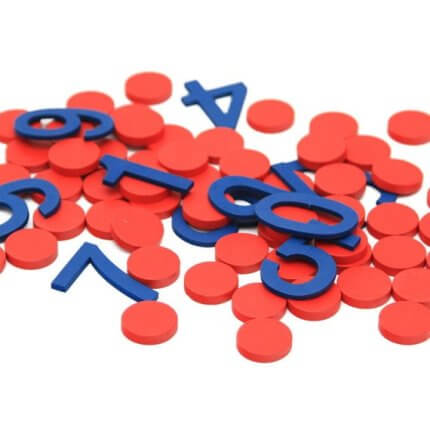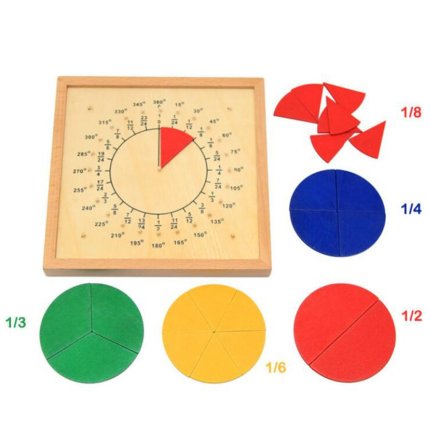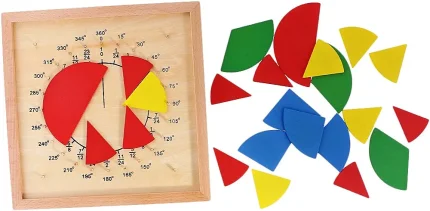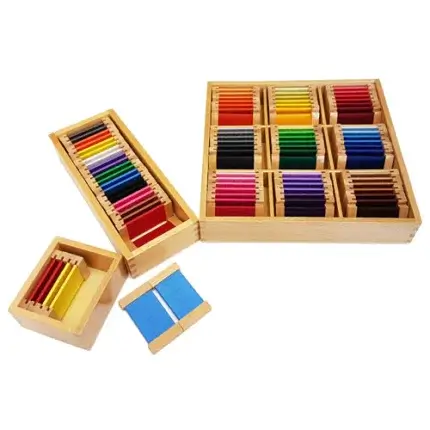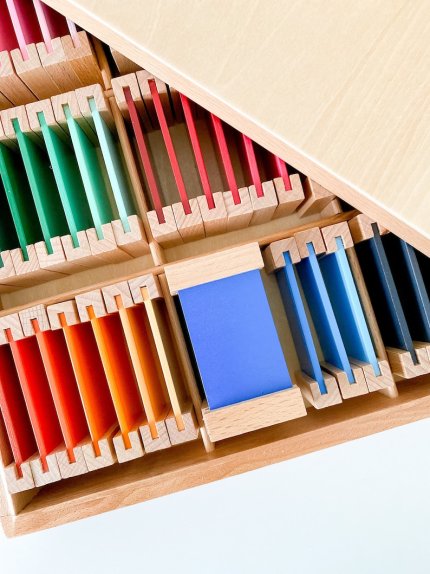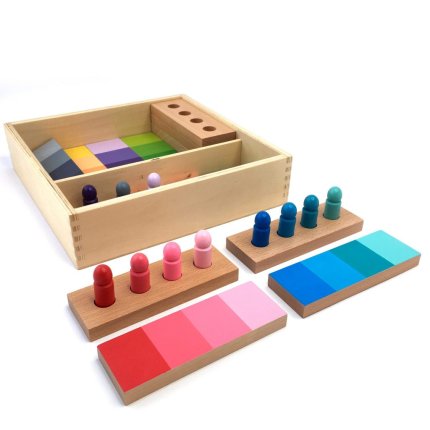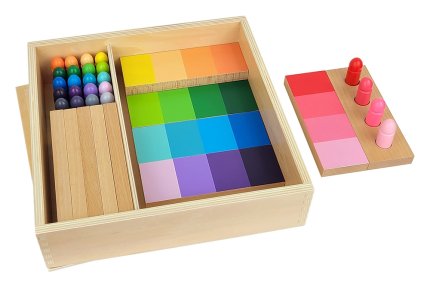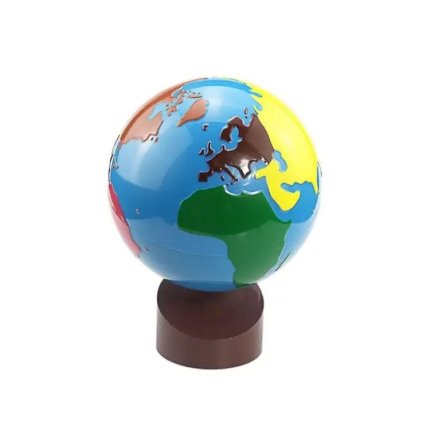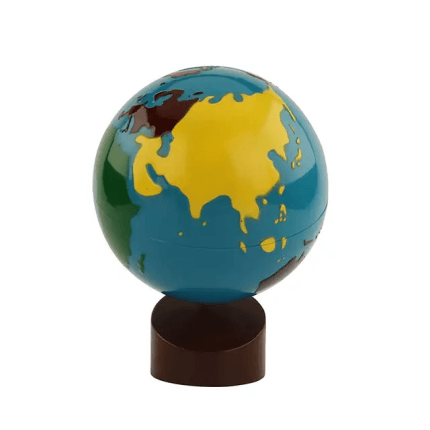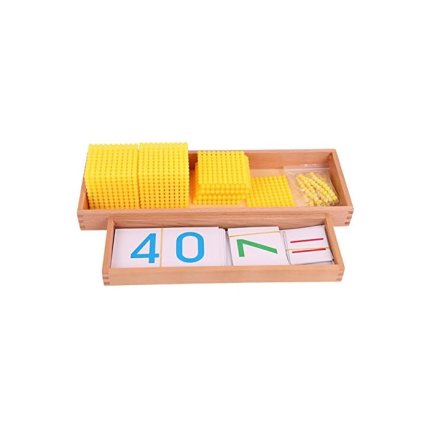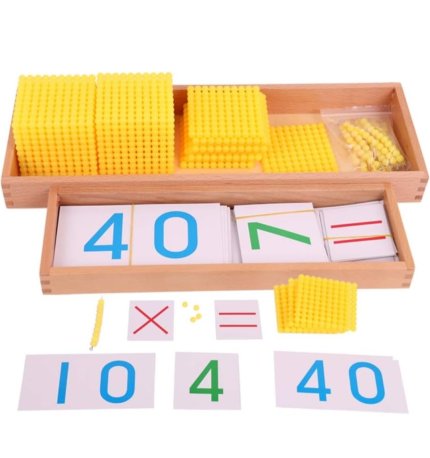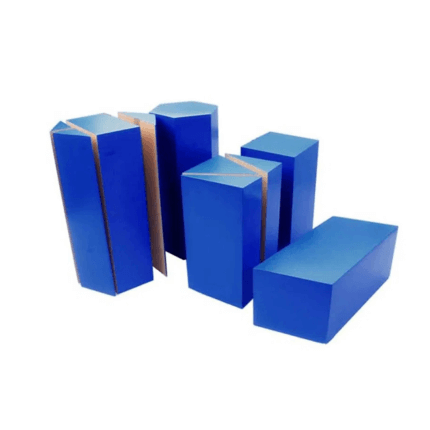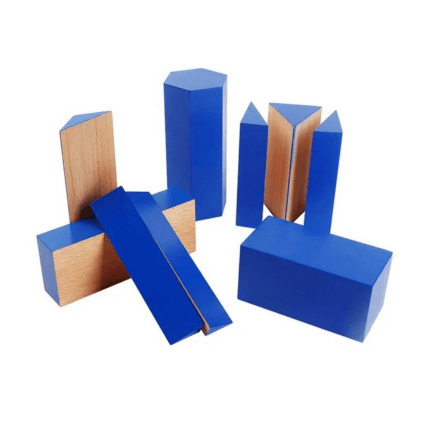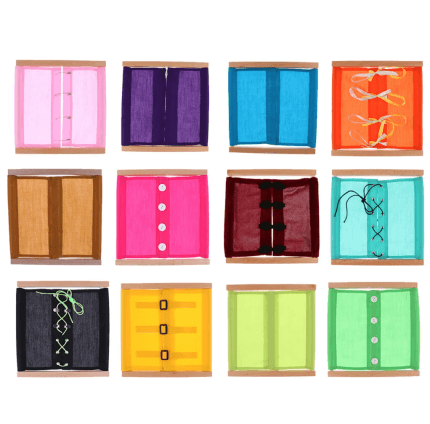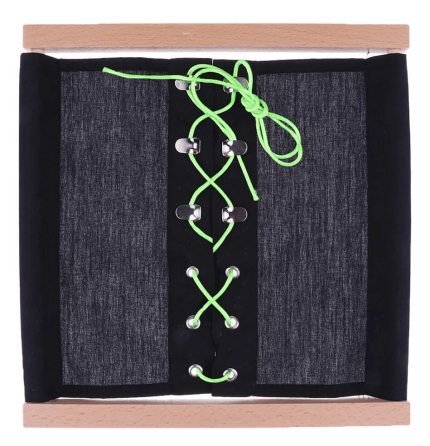- You cannot add another "Card and counters" to your cart. View cart
Addition & subtraction
Addition Snake game
Binomial cube
Brown stairs
The Montessori Brown Stairs, also known as the Broad Stairs, are a classic sensorial material in the Montessori curriculum. They consist of ten wooden prisms, each with the same length but varying in height and width. This educational tool is designed to help children develop visual and tactile discrimination of size, enhance fine motor skills, and understand mathematical concepts such as sequencing and gradation. The Brown Stairs are typically introduced to children during their primary years, offering a hands-on experience that lays the foundation for more complex learning tasks.
Supplied with a 1 cm spare.
Age 3:6
Circular Fraction
Circular fraction
Let children know the scores and learning scores, understand the relationship between
the part and the whole, and enhance the concept of combination, Guide the children
to perform the addition and subtraction of the scores, deepen the children's cognition of
the scores, and enrich the mathematics knowledge.
Age 4+
Helps to foster kids children logic thinking, expand knowledge
Color Boxes
Montessori color boxes are a set of educational tools designed to help children develop their sense of color differentiation and gradation. These boxes typically come in three versions, each increasing in complexity. The first box introduces primary colors, the second box includes primary and secondary colors, and the third box offers a range of shades, teaching children to distinguish subtle differences in color. They are widely used in Montessori classrooms to enhance visual perception and are considered a fundamental part of the Montessori sensorial curriculum.
Age 3:6
Color grading
Montessori color grading is a fascinating aspect of the Montessori educational approach, focusing on developing a child's visual discrimination of colors. Through the use of color tablets, children learn to distinguish and match different shades, from the primary colors in the first box to a wide range of hues in subsequent boxes. The activity not only aids in recognizing colors but also in understanding gradients and intensities, as children arrange the tablets in sequences of increasing or decreasing saturation. This sensorial exercise enhances their ability to observe and appreciate the subtle differences within the color spectrum.
Age 3:6
Colored Globe
Counting through decimal system
It consists of 2 thousand beads, 10 pieces of 100 beads, 10 strings of 10 beads, 10 single beads, a set of digital cards and operation symbols, and 2 wooden trays.
Understand the arrangement and formation of the decimal method, operate this type of teaching aids, and properly simulate the scenes, you can develop children's language skills, exercise their interpersonal skills, cultivate good social behavior, and allow children to learn exchange Rules, and can do a large number of four operations.
Can help children establish the concept of quantity and number. The combination of beads and digital cards let them know how the numbers correspond to the numbers. In learning to add, subtract, multiply and divide, continue to perceive the correspondence between the number and the number. Experience the fun of studying mathematics and develop the habit of focusing and doing things carefully.
Age 3.5 +
Departial Geometric
Volume group teaching aids, help children recognize shapes, cultivate children's sense
of entities, and recognize geometric features, Teaching aids are composed of hexagonal
Prism, divided hexagonal prism, rectangular parallelepiped, divided rectangular
Parallelepiped, and quadrangular prism, each crafted to aid in the development of fine motor skills and cognitive abilities. By interacting with these solids, children can grasp complex geometric concepts in a concrete and enjoyable way, laying a foundation for more advanced mathematical learning.
Montessori materials help children cultivate a sense of essence and logic, as well as recognize geometric characteristics.
*About the product
Segmented and complete geometry can be compared, so that children can fully understand the relationship between the part and the whole.
Through the repetition of the three-dimensional geometric group of elements and practical perception, children build different shapes, use hands and mind, exercise their coordination ability.
5pcs. basic figures, two of which are divided into several parts.
*prism: 6cm. x16cm. x6cm.
*rectangle: 6cm. x12cm. x6cm.
*parallelpiped: 6cm. x12cm. x6cm.
Total number of elements: 10pcs.
Age 3:6

